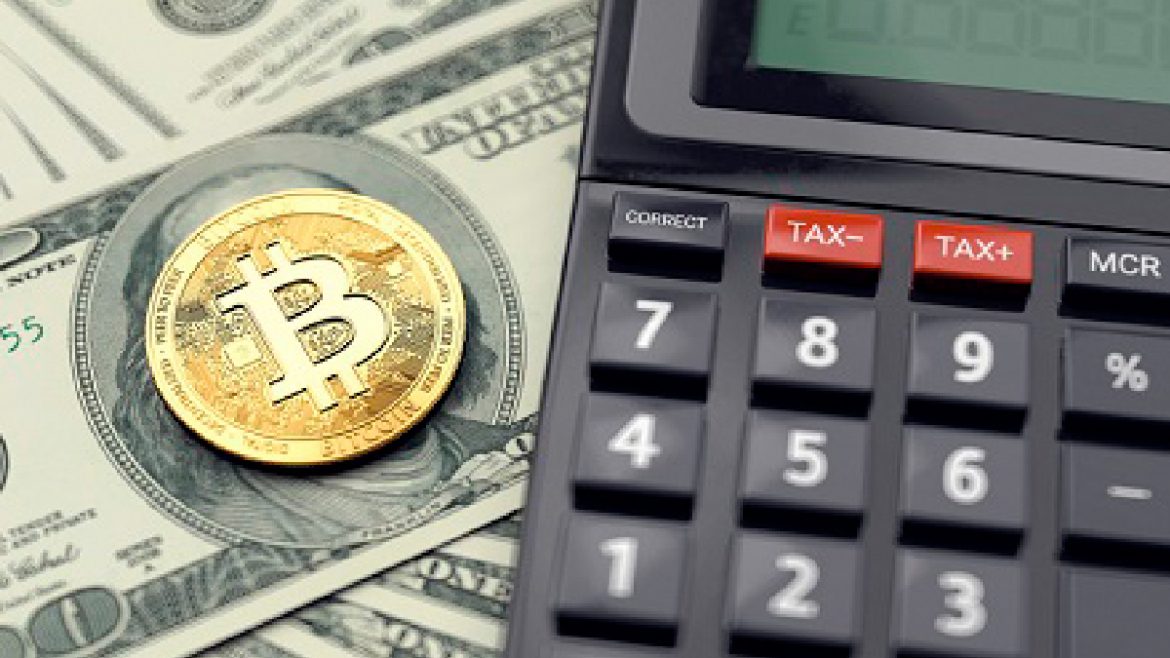One of the main advantages of cryptocurrency over fiat money is the easy and cheap transfer and transaction fees to move funds from one place to another. Cryptocurrencies have been popularized in mainstream media as a better and cheap substitute to money. This is true in places where fiat banking is often inaccessible, and large, centralized banks are allowed to charge high fees on services such as foreign exchange of currency (forex), maintaining an account, and ATM withdrawals.
After research on an extraordinary amount of cryptocurrency exchanges, I have found that the cryptocurrency ecosystem also comes with a range of fees that might not be apparent to beginners. To be perfectly clear, transferring crypto is not free and the more you understand about cryptocurrency transactions and payments across the network, you will better understand that there are, in fact, miners fees, transaction fees, network fees and so on. Technically speaking, blockchain is actually free but there are costs associated to maintaining that blockchain, so it’s the services provided to use that blockchain that actually incur the consumer fees.
In this article, we’ll break down those fees and help you understand how transaction fees is determined in crypto.
Every time you send any cryptocurrency, from your address to another, you are charged a network transaction fee. This fee is either added on top of the value of crypto you are sending or deducted from the end cryptocurrency, depending on the wallet or exchange you are using. Sometimes, depending on the app, you get a choice of paying for the fee or allowing it to be taken from the crypto you’re sending. The actual fee may vary depending on the blockchain network and app you use.
Crucially, the fee you pay is not a consistent figure. It can fluctuate depending on market demand and network capacity for confirmations. Average transaction fees on the Bitcoin network, have been progressively increasing since the cryptocurrency’s inception in 2009 due to transaction capacity becoming an artificially scarce resource.
Who benefits from these fees and who determines it?
The fees are received by miners. More specifically, the fee is received by the miner who verifies the block on the network which contains your particular transaction. Miners receive the fees because they use their computing power to verify transactions and uphold the security of the network. Miners receive these fees in addition to the new cryptocurrency that is released when they mine a new block. In other words, they are doubly incentivized to maintain their server, or node, because that is their compensation for providing support to stabilize and secure the network.
On the Ethereum Network, you can pay a transaction fee in gas. The more gas you pay often helps your transaction jump ahead of the line in priority that the miners will process. So, there is often a degree of outbidding involved. If the gas is too low, your transaction might be rejected, but if you place a fair price, it might take a few minutes or hours.
Consider this: someone moved $1 billion worth of Bitcoin in a single transaction and spent about $600 in transaction fees. Can you imagine how much a bank would charge to move that amount of money? You certainly cannot do that through MoneyGram or Western Union!
There is a flaw in some of the blockchains as far as speed and scalability. Sometimes the blockchains cannot keep up with large volume. Maybe processing is slower. Sometimes the network gets congested and it seems like transactions take forever. And because of the decentralized aspect of a lot of these projects, there isn’t a centralized help center to ask where or when your transaction is going through.
Have cryptocurrency transaction fees increased in recent years?
Fees typically increase in accordance with the growing usage and popularity of cryptocurrency networks. Bitcoin is the best example of this. As Bitcoin has surged in popularity, more people are seeking to place transactions within the network. The pressure on the network is increasing as the resources become more scarce.
Bitcoin’s scalability problem makes matters worse and the result is that transactions are taking more time to process, and depending on the app, people are paying higher fees to get their transactions processed first. Now that you know how transaction fees is determined, the next time you trade on a cryptocurrency exchange, make sure that you check their fees and compare it to other exchanges and wallet apps.
Disclaimer
Content provided by CryptoTraderNews is for informational purposes only, and should not be construed as legal, tax, investment, financial, or other advice. All information is of a general nature. As always, there is risk with any investment. In exchange for using our products and services, you agree not to hold CryptoTraderNews Pro, its affiliates, or any third party service provider liable for any possible claim for damages arising from decisions you make based on information made available to you through our services.
The Truth About Cryptocurrency Transaction Fees
previous post
